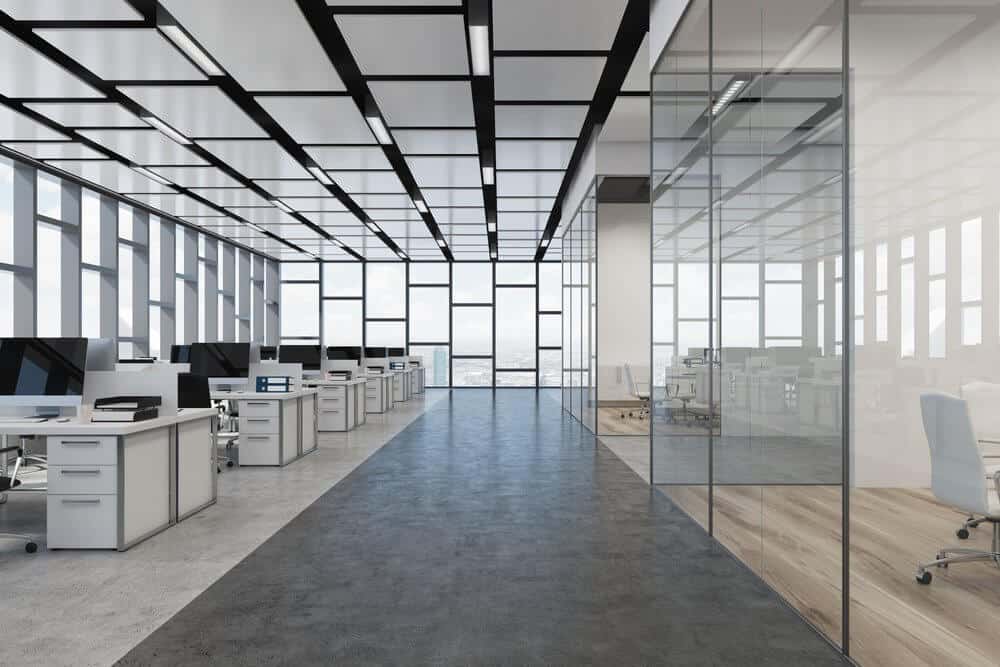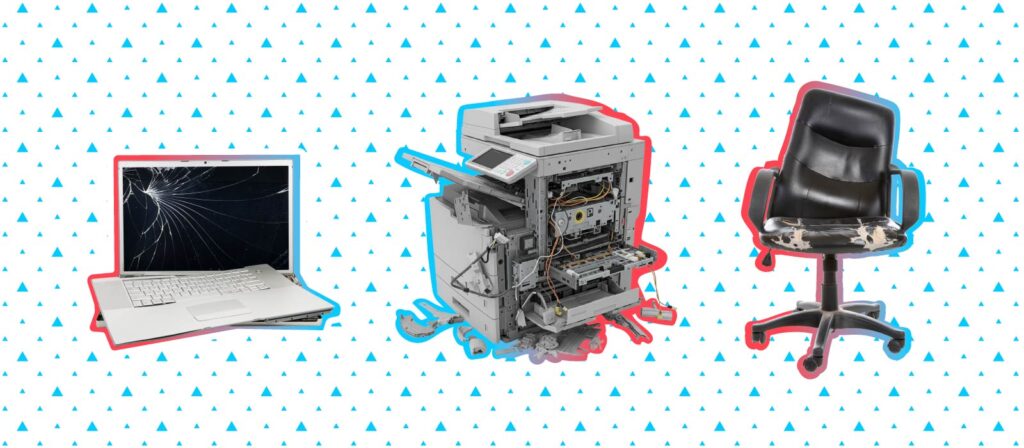
As a facility manager, you know that running an office space properly can be an expensive endeavour and managing the appropriate budget can be overwhelming. The way you take hold of the biggest expenses you face could have the most significant effect on your bottom line. Yet, at the end of the day, investing in the right space management methods can trim costs and ease processes all over your facility. Let’s take a look at some of the three biggest facility expenses and how you can ease the burden.
Lifecycle costs

You should always take into consideration the lifecycle costs of equipment when deciding whether to repair or replace them. You’ll want to calculate estimations of how much an asset will cost you this year and beyond to maintain it. This is also so you can compare the cost of replacing the asset versus its cost of maintenance over the same period. To do this for all of your physical assets, you’ll need to keep proper inventory.
A resource tracking tool allows you to quickly locate and keep track of company-wide resources, ensuring that everything is accounted for.
You could even use it to generate and attribute related asset reports that will guide you in determining which assets need to be replaced or not. When equipment is well maintained and cared for, it can last beyond its life expectancy, saving your facility valuable funds.
Unused space

Wired recently reported that the U.S. has added an astonishing 2 billion square feet of office space to its existing stock over the last 30 years. Because today’s workforce is becoming more and more mobile, this has created a tremendous waste of space and resources. To combat this problem, companies like Deloitte have introduced flexible desk policies such as “hoteling”—a system of reserving a specific workstation in advance for certain period of time. A similar concept is hot desking, where you can show up to an office and book any available workstation for a period of time. It has saved some of the world’s largest companies millions of dollars in conserved real estate. You too can take careful consideration of your space’s inventory and the work habits of your office’s employees—consider if hot desking is right for your office.
A desk booking application can make the adoption of a flexible workspace easy on you as a facility manager.
They can allow you to leverage the potential of desk sharing before you commit, measuring the adoption rate of the new system should you decide to transition to it. If it all works out, your employees can easily find available desks from anywhere, and know when they can be used.
Worker productivity

Time is the most precious asset you need to keep into account as a facility manager. It is unreplenishable, and it must be treated with special regard and careful planning. To understand the true cost of lost productivity, you’ll want to take a closer look at how you and your staff spend each minute of your day. Identify tasks and activities that waste time—for example, switching desks without an efficient system for coordination between all parties involved—then find ways to better allocate those precious minutes and hours. If you do this correctly, you can reduce labor costs and increase efficiency, all through useful software and improved communication. One crippling time waster for many facility managers is ineffective organization of work orders. This is especially important for reorganizing a work environment.
This is where a request manager can help tremendously, as it allows you to fully guide requests from beginning to end.
Coupled with other features, a simple request form makes submitting work orders easy. It will enable you to create a method that treats employees fairly while allowing you the most efficiency. Time is money, so there’s no better investment you can make to see a return on your bottom line.
Whether big or small facility management, there are always ways to save and streamline your expenses. This is especially when you take full advantage of key methods available to you, be it workplace techniques or valuable software systems.
For more insight into how to make cost-saving moves, check out our earlier blog post that details where your company can save the most money.
Photo Credits: Shutterstock / ImageFlow, Shutterstock / nd3000, Shutterstock / Olena Yakobchuk, Shutterstock / Andrey_Popov



